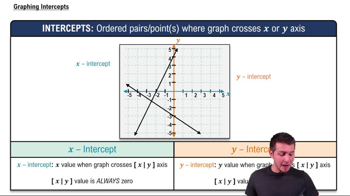Textbook Question
In Exercises 15–16, eliminate the parameter and graph the plane curve represented by the parametric equations. Use arrows to show the orientation of each plane curve. _x = √t , y = t + 1; −∞ < t < ∞
591
views
 Verified step by step guidance
Verified step by step guidance Verified video answer for a similar problem:
Verified video answer for a similar problem:



 4:47m
4:47mMaster Introduction to Parametric Equations with a bite sized video explanation from Patrick
Start learning